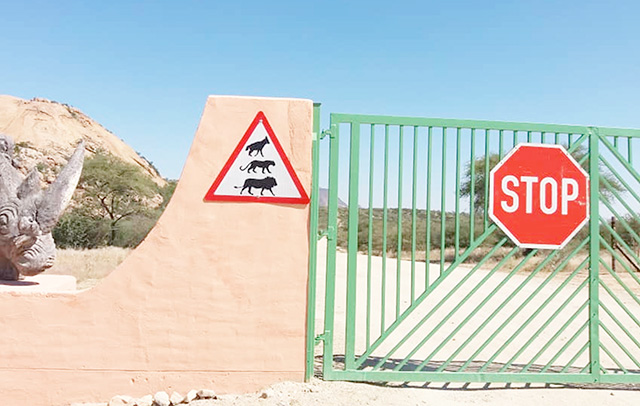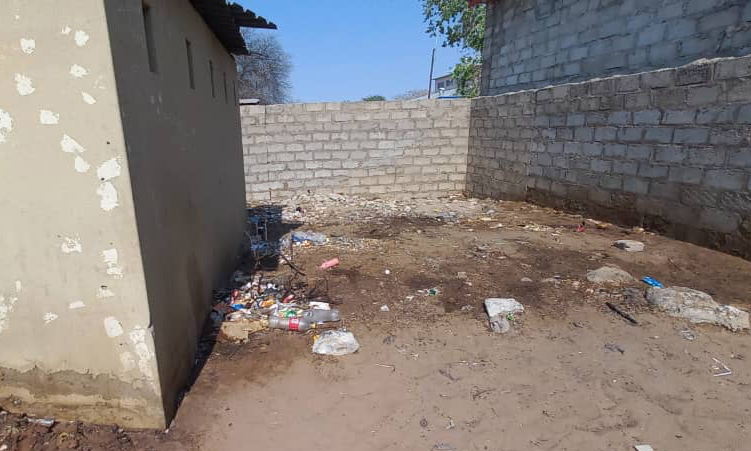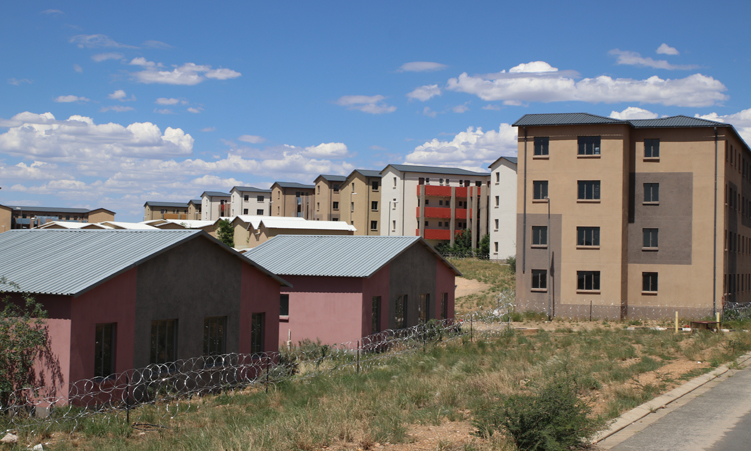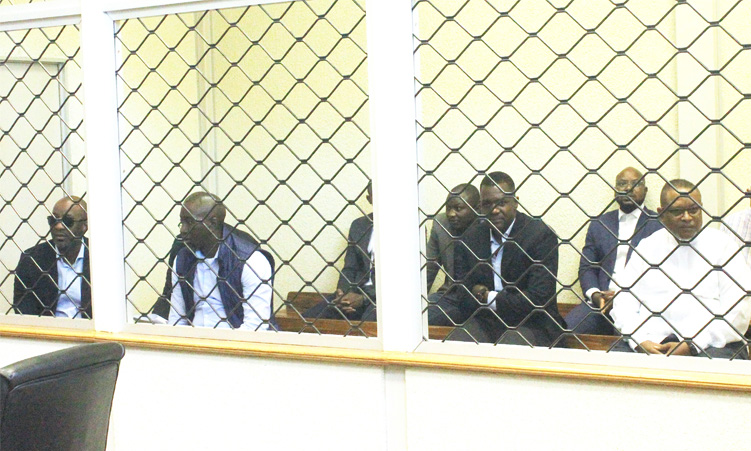NO one knows where the four ‘problem’ lions relocated from Kunene to the Erongo mountains last November are.
The lions were relocated by the Ministry of Environment and Tourism after they were said to be responsible for killing hundreds of small livestock in Kunene’s communal areas.
The Erongo Mountain Rhino Sanctuary Trust welcomed the lions with open arms, believing it was a safe haven for the cats to enjoy a protective ecosystem while also attracting tourists. Besides, there are also many other animals, and therefore there is a need for an ‘alpha predator’ to control the numbers.
The sanctuary then had an arrangement with the ministry that while it provided a safe haven for the lions, it would “not take responsibility”.
The ministry took advantage of the offer as there was “zero tolerance” for the problem lions after wreaking havoc in Kunene.
However, hundreds of Omaruru residents, farmers and members of surrounding conservancies did not like the move, and petitioned the ministry to remove the lions.
Their argument was that they were never consulted over the relocation of the predators, fearing that hikers, cyclists, campers and other people enjoying the sanctuary, as well as herders, small miners and cattle could fall prey to the lions. A petition with over 200 signatures was submitted to the ministry at the beginning of this year.
The ministry admitted that it had not consulted the stakeholders properly, and plans were immediately put in place to re-relocate the lions – possibly to the Etosha National Park.
During an urgent meeting held at Omaruru two weeks ago between senior officials from the environment ministry and concerned community members, as well as representatives of the sanctuary, learned that the lions have apparently not been found yet, and no one knows where they are.
There is speculation that the lions may have wandered back to Kunene, but even this was a concern as there have been reports of predator attacks on livestock in nearby conservancies earlier this year, until about April.
These attacks were, however, ascribed to other predators, such as leopards or hyenas. Even the sanctuary patrons are not sure where the lions are.
“If it was safe to keep the lions in the sanctuary, why is there speculation that they could have strayed to Kunene – out of the sanctuary? And how do we know that they are not still around and a threat, especially now that we know they can walk out of the sanctuary?” one communal farmer asked.
“If the law cannot protect us, then the people have the right to protect themselves.”
The meeting was called after rumours that the sanctuary was ready to receive more lions.
Conny Kayser, a farmer in the sanctuary, said plans to introduce lions must be properly evaluated and include proper consultations with all stakeholders.
Deputy permanent secretary in the environment ministry Louisa Mupetami agreed.
“If initial consultation was not done, then I am glad they are gone,” she said, adding that because nothing has been heard of the lions for some time, they “maybe are gone”.
Sanctuary president Kai-Uwe Denker dismissed the rumour.
The community is, however, sceptical about the road and gate signs at the sanctuary which clearly warn visitors of lions, leopards and hyenas. The signs were recently erected, and Denker was questioned about this.
He explained that there were also no elephants in the area, but there were signs warning against elephants because sometimes these animals pass through there.
One farmer said two lions were spotted in the area – one in the 1950s and the other in the 1970s – and both were shot.
Deputy director for parks and wildlife in the north-western regions (which includes Kunene), Christopher Munwela said the lion population in Erongo was growing as more lions seem to be migrating to the region.
“This is the scenario in the area,” he said. “The lions and elephants are the backbone of the tourism industry of Namibia because this is what tourists want to come and see.”
Stay informed with The Namibian – your source for credible journalism. Get in-depth reporting and opinions for
only N$85 a month. Invest in journalism, invest in democracy –
Subscribe Now!






